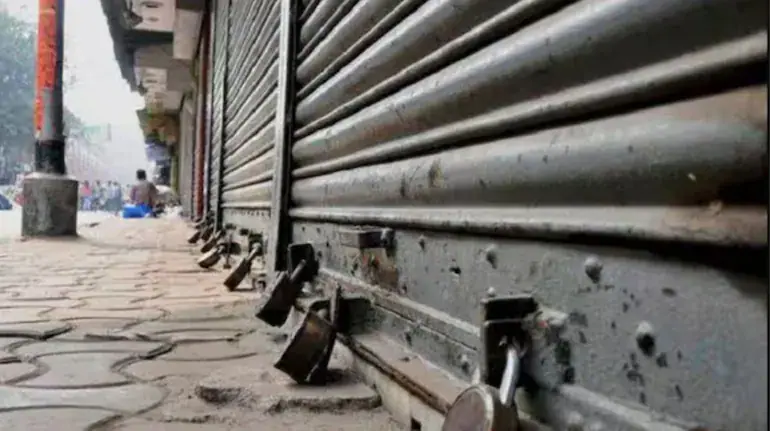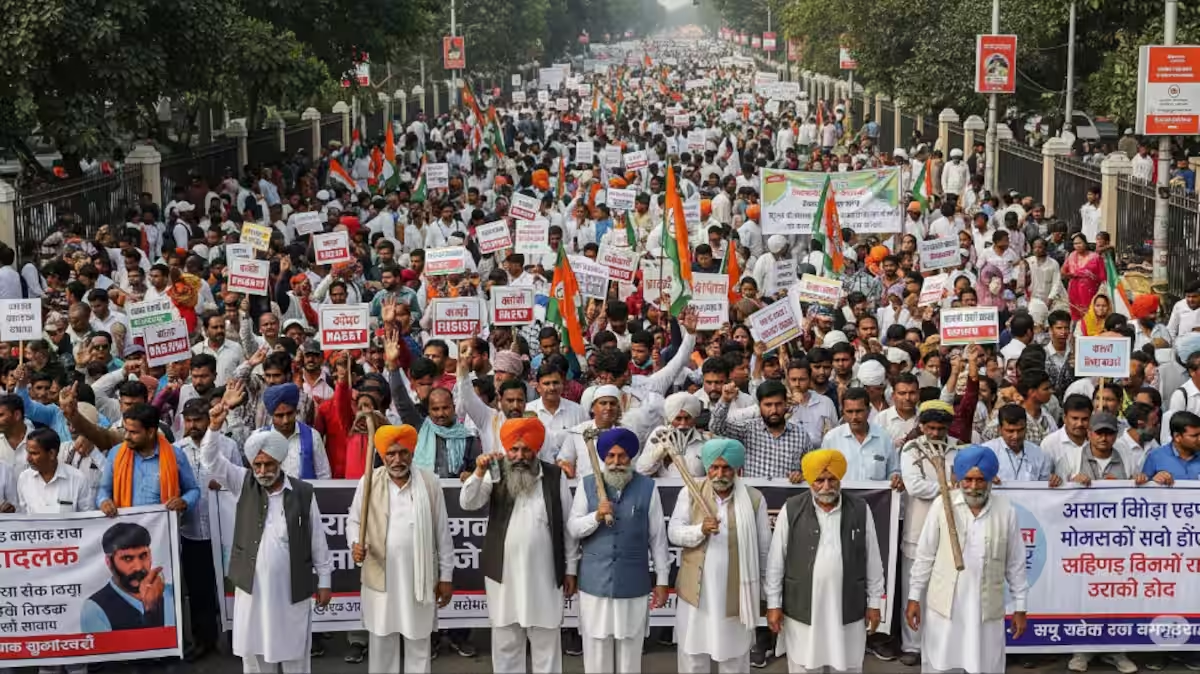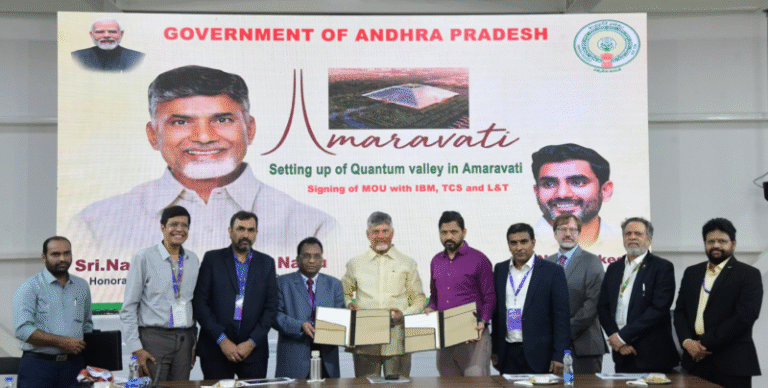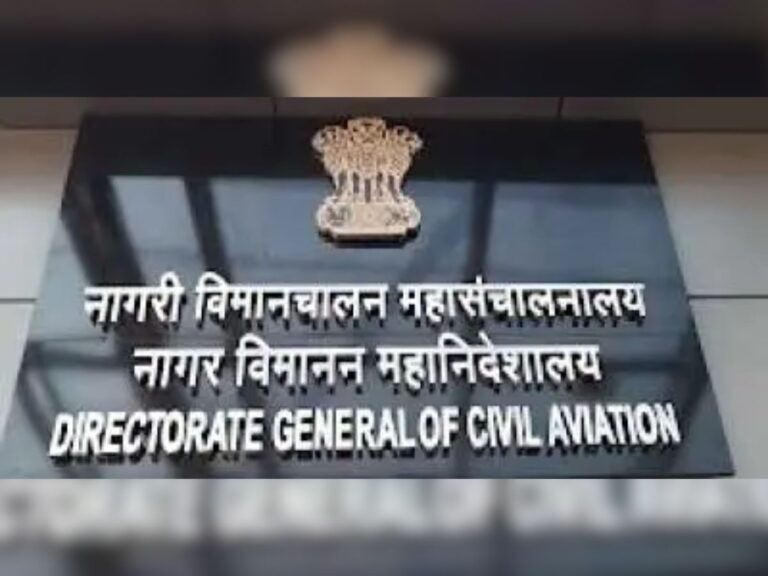Bharat Bandh 2025: Will 25 Crore Workers Bring India to a Standstill?
On July 9, 2025, India braces for a monumental nationwide strike, dubbed the “Bharat Bandh,” as over 25 crore workers from diverse sectors prepare to halt operations in protest against government policies. Organized by a coalition of 10 central trade unions, alongside farmers’ organizations like the Samyukta Kisan Morcha, this strike aims to challenge what unions describe as “anti-worker, anti-farmer, and pro-corporate” policies. With banking, transport, postal services, and mining among the sectors expected to face disruptions, the question looms: will this massive mobilization bring India to a standstill? This article explores the strike’s origins, its potential impact, the grievances fueling it, and the challenges it faces in reshaping India’s policy landscape.
The Genesis of the Bharat Bandh
The Bharat Bandh, scheduled for July 9, 2025, is the culmination of months of planning by trade unions, including the All India Trade Union Congress (AITUC), Centre of Indian Trade Unions (CITU), and Hind Mazdoor Sabha (HMS). The unions, representing over 25 crore workers across formal and informal sectors, have rallied against policies they claim prioritize corporate interests over labor and agricultural welfare. The Samyukta Kisan Morcha and agricultural workers’ unions have pledged massive rural mobilizations, amplifying the strike’s reach.
This is not the first such protest. Previous nationwide strikes in November 2020, March 2022, and February 2024 saw similar calls to action, with varying degrees of disruption. However, the 2025 Bandh stands out for its scale, with an estimated 250 million workers—roughly one-fifth of India’s population—expected to participate. The unions’ 17-point charter of demands, submitted to Labour Minister Mansukh Mandaviya in 2024, remains largely unaddressed, fueling discontent. Key grievances include the privatization of public sector enterprises, labor law reforms, and the lack of job creation under schemes like MGNREGA.
Sectors Poised for Disruption
The Bharat Bandh is set to impact critical sectors, potentially paralyzing public services across India:
- Banking and Insurance: While banking unions like the All India Bank Employees Association (AIBEA) have not formally announced a strike, public sector and cooperative bank employees are expected to join, potentially disrupting branch services and customer support. The Bengal Provincial Bank Employees Association has confirmed participation, signaling partial closures in states like West Bengal. Insurance sector workers are also likely to strike, affecting policy processing and claims.
- Transport: State-run transport services, including buses and local trains, face significant disruptions, particularly in states with strong union presence like Uttar Pradesh, Bihar, and West Bengal. Public buses, taxis, and app-based cab services may be halted due to protest marches and road blockades. While railway unions have not officially joined, past strikes suggest protests near stations could cause localized train delays. Kerala’s Transport Minister K.B. Ganesh Kumar has assured that KSRTC buses will operate normally, citing content employees, but this may be an exception.
- Postal Services: Postal workers, a backbone of India’s communication network, are expected to participate, potentially delaying mail and parcel services. This could affect rural areas disproportionately, where digital alternatives are less accessible.
- Mining and Industry: Coal mining, steel production, and non-coal mineral sectors, including companies like NMDC Ltd., will see significant participation. Factories across industrial hubs may shut down, impacting manufacturing output. Construction and highway workers, often in the informal sector, are also mobilized, threatening infrastructure projects.
- Rural Protests: Farmers and agricultural laborers, backed by the Samyukta Kisan Morcha, plan large-scale demonstrations in rural India. These could disrupt agricultural supply chains, including the transport of produce to urban markets.
While schools, colleges, and private offices are expected to remain open, transport disruptions and protests may hinder normal operations in urban centers. The Indian stock market, including BSE and NSE, will function as usual from 9:00 AM to 3:30 PM, unaffected by the Bandh.
The Grievances Driving the Strike
At the heart of the Bharat Bandh is a deep-seated frustration with government policies perceived as detrimental to workers and farmers. The trade unions’ 17-point charter highlights several contentious issues:
- Labor Law Reforms: The four Labour Codes, introduced in 2020, are criticized for diluting worker protections, easing hiring and firing norms, and restricting union activities. Unions argue these codes favor corporate flexibility over job security.
- Privatization of Public Sector Enterprises: The government’s push to privatize public sector units, including banks, insurance companies, and mining firms, is seen as a threat to job stability and national interests. Unions claim this prioritizes corporate profits over public welfare.
- Unemployment and Wage Stagnation: Despite India’s economic growth, unemployment remains high, with the Centre for Monitoring Indian Economy reporting a 7.8% urban unemployment rate in June 2025. Unions demand increased MGNREGA funding, urban job schemes, and higher minimum wages.
- Rural Distress: Farmers’ organizations highlight rising input costs, inadequate MSP (Minimum Support Price) implementation, and corporate influence in agriculture. The Samyukta Kisan Morcha’s support reflects ongoing agrarian unrest, echoing the 2020-21 farmers’ protests.
- Neglect of Worker Welfare: The unions accuse the government of abandoning its welfare state responsibilities, citing the absence of an annual labour conference for a decade and inaction on their demands.
As Amarjeet Kaur of AITUC stated, “The government has ignored workers’ concerns while pushing policies that benefit corporates.” Harbhajan Singh Sidhu of HMS added, “Banking, postal, mining, and transport services will be hit hard, sending a clear message.”
Potential Impact: Standstill or Symbolic Protest?
The Bharat Bandh’s ability to bring India to a standstill depends on several factors:
- Scale of Participation: With 25 crore workers—equivalent to the population of Indonesia—the strike’s sheer size is unprecedented. If unions achieve full participation, key services could halt, causing significant economic losses. However, partial participation, as seen in past strikes, may limit the impact to symbolic disruptions.
- Urban vs. Rural Divide: Urban centers like Delhi, Mumbai, and Kolkata may face transport and banking disruptions, but private sector resilience and digital alternatives could mitigate the impact. Rural areas, reliant on postal and agricultural services, may feel the pinch more acutely.
- Government Response: Authorities are likely to deploy additional security at railway hubs and protest sites to prevent major disruptions. Past Bandhs have seen police barricades and traffic diversions, as noted at Ghazipur border in Ghaziabad. The government’s silence on the unions’ demands suggests a hardline stance, potentially escalating tensions.
- Public Support: The strike’s success hinges on public sentiment. While workers and farmers are mobilized, urban middle-class commuters may view disruptions as an inconvenience, diluting the protest’s impact. Social media posts on X reflect mixed sentiments, with some praising the workers’ resolve and others questioning the Bandh’s efficacy.
Economic losses could run into crores, particularly in transport, logistics, and manufacturing. However, the Bandh’s symbolic value—highlighting labor and agrarian discontent—may outweigh immediate economic impacts, pressuring the government to engage with unions.
Challenges and Criticisms
The Bharat Bandh faces several hurdles:
- Fragmented Participation: Not all unions are aligned. The RSS-affiliated Bharatiya Mazdoor Sangh has opted out, potentially weakening the strike in certain regions. Similarly, Kerala’s KSRTC employees’ contentment may limit disruptions in the state.
- Public Inconvenience: Road blockades and transport halts risk alienating daily commuters, who may prioritize convenience over solidarity. Past Bandhs have faced criticism for disrupting essential services without tangible policy changes.
- Government Inaction: The unions’ 17-point charter has seen little progress since 2024, raising doubts about the Bandh’s ability to force dialogue. The government’s focus on economic growth and corporate reforms may overshadow labor concerns.
- Digital Resilience: In urban areas, online banking, e-commerce, and remote work could cushion the strike’s impact, reducing its visibility. This contrasts with rural areas, where physical services are critical.
Critics argue that Bharat Bandhs, while powerful, often fail to translate into policy reforms, serving more as a pressure tactic than a catalyst for change. Supporters, however, view the strike as a necessary stand against systemic inequities, as reflected in X posts calling it a “warning that the foundation is shaking.”
The Broader Implications
The Bharat Bandh 2025 is more than a one-day protest; it signals deep structural challenges in India’s economic and social fabric:

- Labor-Corporate Divide: The strike underscores tensions between India’s corporate-led growth model and its labor-intensive workforce. With 90% of workers in the informal sector, the Bandh highlights the need for inclusive policies.
- Rural-Urban Disconnect: The alliance of farmers and urban workers bridges a critical gap, amplifying rural voices in national discourse. This could reshape India’s policy priorities, emphasizing agrarian reform.
- Political Ramifications: The Bandh’s timing, ahead of state elections in Bihar and elsewhere, could galvanize opposition parties, who have endorsed the strike. In Bihar, the anti-government alliance has called for a “Chakka Jam,” intensifying local protests.
- Global Context: As India positions itself as a global economic powerhouse, labor unrest could dent investor confidence. However, addressing worker and farmer grievances could strengthen India’s social stability, enhancing its long-term appeal.
Conclusion
The Bharat Bandh on July 9, 2025, is poised to be one of India’s largest labor protests, with over 25 crore workers and farmers uniting against policies they deem unjust. While it has the potential to disrupt banking, transport, and public services, its ability to bring India to a complete standstill remains uncertain, hinging on participation, public support, and government response. Beyond immediate disruptions, the Bandh is a clarion call for equitable policies that balance corporate growth with worker and farmer welfare. As India navigates its economic ambitions, the strike serves as a reminder that its workforce—its backbone—demands a voice. Whether it sparks dialogue or deepens divides, the Bharat Bandh 2025 will leave an indelible mark on India’s socio-economic landscape.
Last Updated on: Tuesday, July 8, 2025 6:17 pm by Tamatam charan sai Reddy | Published by: Tamatam charan sai Reddy on Tuesday, July 8, 2025 6:17 pm | News Categories: India









